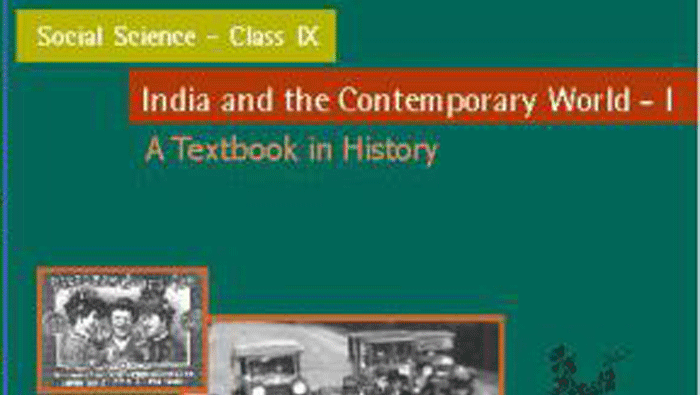
Muscat: Indian students studying in 19,000 Central Board of Secondary Education (CBSE) affiliated schools, will be deprived of learning about Channar revolt — commonly known as “Upper Cloth Revolt” or ‘Maru Marakkal Samaram’ – led by lower caste people in Kerala.
On December 19, the CBSE has issued a circular to remove it from Class 9 textbooks after objections were raised against “derogatory” references to women.
The circular reads that no questions from the controversial section in the social science textbook will be asked in 2017.
The “Upper Cloth Revolt” refers to a protest against a 19th century caste practice in Travancore, where Nadar men and women were not allowed to cover their upper body parts in front of members of higher castes.
Political parties such as the All India Anna Dravida Munnetra Kazhagam (AIADMK) and Dravida Munnetra Kazhagam (DMK) have objected to details about the revolt mentioned in the textbook under the section “Caste Conflict and Dress Change”.
The textbook says that women of the Chanar caste were attacked by Nairs in public places in 1822 for covering parts of upper body.
In 1829, the government of Travancore had directed Chanar women “to abstain in future from covering the upper parts of the body.” The textbook, published by the National Council for Educational Research and Training (NCERT), has been followed by the CBSE and 15 state boards.
Rupesh Kumar, a documentary maker from Kerala who also actively follows Dalit issues in India, says that this is a political move by the BJP led government to bury the struggles initiated by lower caste people in India.
“If this is the case of Nadars and Ezhavas, in Dalits cases’ it will be more dangerous and they will be erased from the history,” Rupesh said adding that Hindu powers always discarded the histories of such movements from any communities.
“Nowadays, children are more mature and have clear thoughts and perception on nudity when compared to our generation,” Rupesh added. In 19th century, lower-class women in Travancore were not allowed to wear clothes that had covered upper body parts. Baring chest to higher status was considered a sign of respect, by both males and females.
Higher-class women covered upper body parts, but Nadar women were not allowed to cover their bosoms, as did most of the non-Brahmin women, which revealed their low status.
Uneasy with their social status, a large number of Nadar community members had converted to Christianity, and started to wear “long cloths,” at the request of the Christian missionaries.
When conversion further spread, the Nadar women started to wear the Nair upper body parts cloth too. Both the Nadar and Ezhava women successfully campaigned to be allowed to cover their upper body parts.
In 1813, Colonel John Munro, the then British dewan of Travancore, issued an order granting permission to women converted to Christianity to wear upper cloth. However, the order was withdrawn when Pindakars, members of the Raja’s council, complained about this, arguing that this right would obliterate caste-differences, and lead to widespread pollution in the state.
This led to increasing violence in 1820s against Nadar women, and also burning of schools and churches.
In 1828 the Travancore government again banned Nadar-women from wearing Nair-style upper-clothes, but permitted them to wear jackets.
In 1829, the Rani (queen) issued yet another proclamation, which denied the right of Nadar women to wear upper clothes.
In 1858, violence broke out in several places in Travancore.
On 26 July 1859, under pressure from Charles Trevelyan, the Madras Governor, the king of Travancore issued a proclamation declaring the right for all Nadar women to cover their upper body parts, either by wearing jackets, like the Christian Nadars, or tie a coarse-cloth around their upper-body, like the Mukkavattigal (fisher-women). Yet, they were not allowed to cover their upper body parts as worn by higher-class women.
However, the missionaries, were not satisfied with this royal proclamation, as they considered the Christian Nadar women to be of a higher status than the Mukkavattigal women. The Nadars continued to ignore the restrictions, and started wearing an upper-wear style which resembled the style of the higher class Hindu women. However, some Hindus still considered it as a provocation by the missionaries. The dressing code remained discriminatory until 1915-1916, and the Nadar’s opposition to it was supported by a social reformer Ayyankali.
After the revolt, pamphlets appeared putting forth the claims of according Kshatriya status to Nadars. Nadars, claimed the right to wear the sacred thread and to ride palanquins to attend wedding ceremonies.